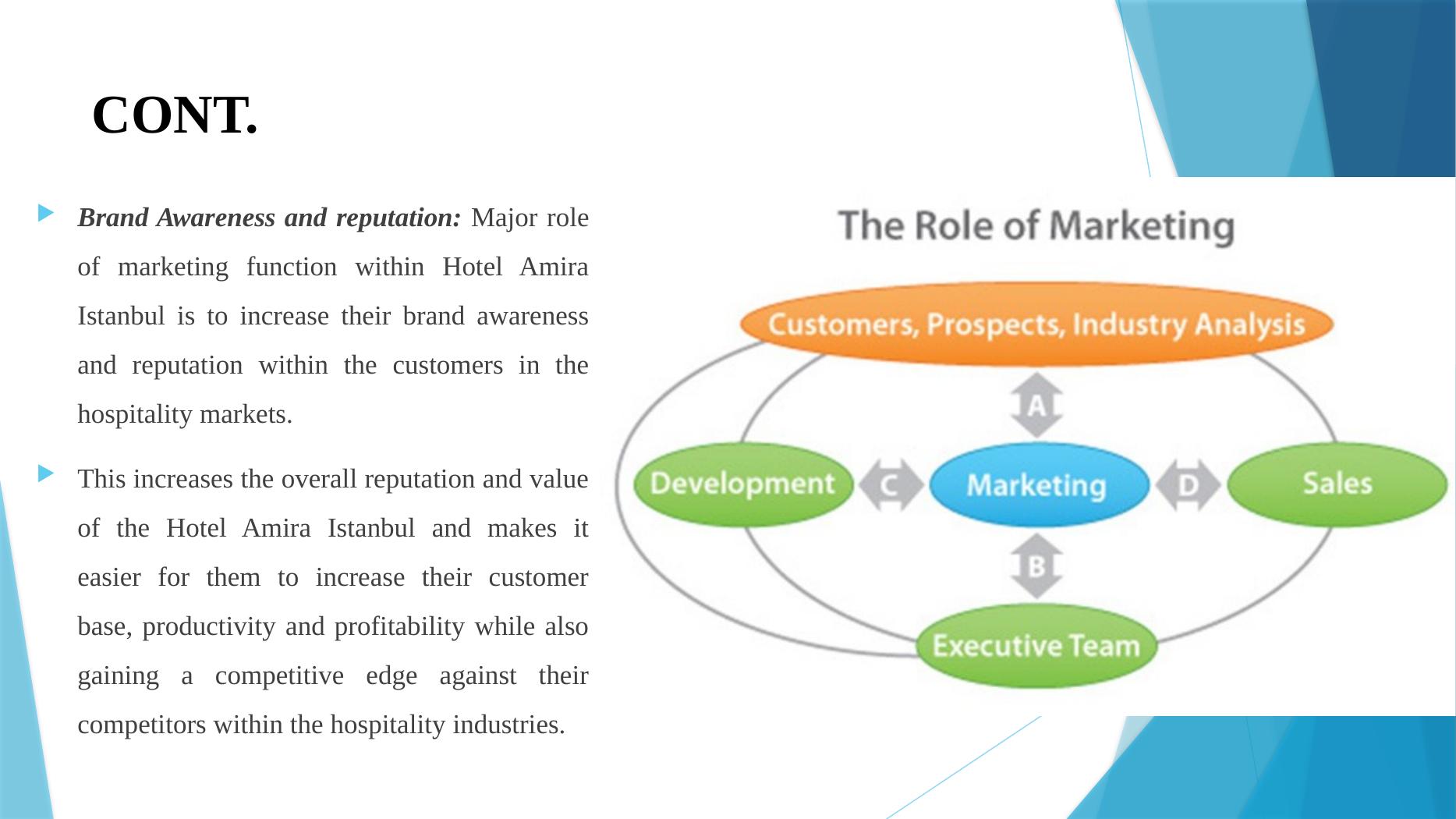In A Marketing Context A Market Refers To

The term "market" is fundamental to the field of marketing, yet its precise meaning within this context is often more nuanced than a simple physical marketplace. Understanding this definition is crucial for businesses aiming to effectively target their offerings and allocate resources efficiently.
Defining the Market in Marketing
At its core, in a marketing context, a market refers to a group of individuals or organizations that have the desire and ability to purchase specific goods or services. This goes beyond mere interest; it requires both a demonstrable need or want and the financial means to satisfy that need.
Professor Philip Kotler, a leading figure in marketing thought, emphasizes that a market is essentially "the set of all actual and potential buyers of a product or service." This includes individuals who are currently purchasing, those who have purchased in the past, and those who might purchase in the future.
Key components of a market, according to marketing principles, are not only the consumers, but also their needs, and their purchasing power. A potential market needs to be identifiable and accessible.
Key Elements of a Market
The definition of a market within marketing is not monolithic. It's multifaceted and considers several key elements to truly understand the audience a business intends to reach.
First, a market must possess a discernible need or want for a specific product or service. Without this underlying desire, there's no basis for a transaction.
Second, the individuals or organizations within the market must have the purchasing power to acquire the product or service. Wanting something is not enough, there must be the financial capacity to buy it.
Third, the individuals or organizations within the market must be willing to spend their money to buy the product or service to fulfill their needs and wants. There has to be a motivation for the purchase to happen.
Finally, the market must be accessible through marketing channels. A business must be able to reach the target audience through advertising, distribution, and other marketing efforts.
Market Segmentation and Targeting
Recognizing that markets are rarely homogenous, marketers often segment them into smaller, more defined groups based on shared characteristics. This process, known as market segmentation, allows for more targeted and effective marketing strategies.
Common segmentation variables include demographics (age, gender, income), psychographics (lifestyle, values, attitudes), geographic location, and behavioral patterns (purchase history, brand loyalty). These segments allow businesses to reach better their potential clients.
After segmenting the market, businesses must then decide which segments to target with their marketing efforts. This decision involves evaluating the size, growth potential, and profitability of each segment.
Targeting enables businesses to efficiently allocate their resources, focusing on the most promising groups of potential customers. It is an essential step to allocate money effectively.
The Impact on Marketing Strategies
A clear understanding of the market and its definition is fundamental to developing successful marketing strategies. It informs everything from product development to pricing and promotion.
By understanding the needs and desires of their target market, businesses can tailor their products and services to meet those specific requirements. They can ensure that products are relevant and appealing.
Effective marketing relies on understanding the willingness to pay for different products and services. Knowing the needs and desires of the clients enables the companies to establish a balance between cost and profit.
Furthermore, understanding the market informs the selection of appropriate marketing channels. Whether it's social media, television, or print advertising, reaching the target audience requires a keen understanding of their media consumption habits.
Evolving Market Dynamics
The definition of a market, while foundational, is not static. Market dynamics are constantly evolving due to factors such as technological advancements, changing consumer preferences, and global economic shifts.
The rise of digital technologies, for instance, has dramatically expanded the reach and accessibility of markets, allowing businesses to target consumers across geographical boundaries with unprecedented precision. Now, many businesses operate in the digital space.
Changes in consumer preferences, driven by factors such as social trends and environmental concerns, also impact market dynamics. Businesses must remain vigilant and adapt their offerings to meet these evolving needs.
As such, successful marketers are not only adept at understanding the current definition of their target market but also at anticipating future changes and adapting their strategies accordingly. They stay informed about trends in their industry.
Conclusion
In conclusion, the definition of a market in a marketing context extends beyond a physical place of exchange. It encompasses a group of individuals or organizations with the desire and ability to purchase specific goods or services, segmented and targeted to maximize marketing effectiveness.
By understanding the key elements of a market, businesses can develop tailored marketing strategies that resonate with their target audience, drive sales, and foster long-term customer relationships. Keeping an eye on these different aspects is important to succeed.
As market dynamics continue to evolve, a deep understanding of this fundamental concept remains essential for success in the competitive world of marketing. Adapting to new trends guarantees long term success for many companies.


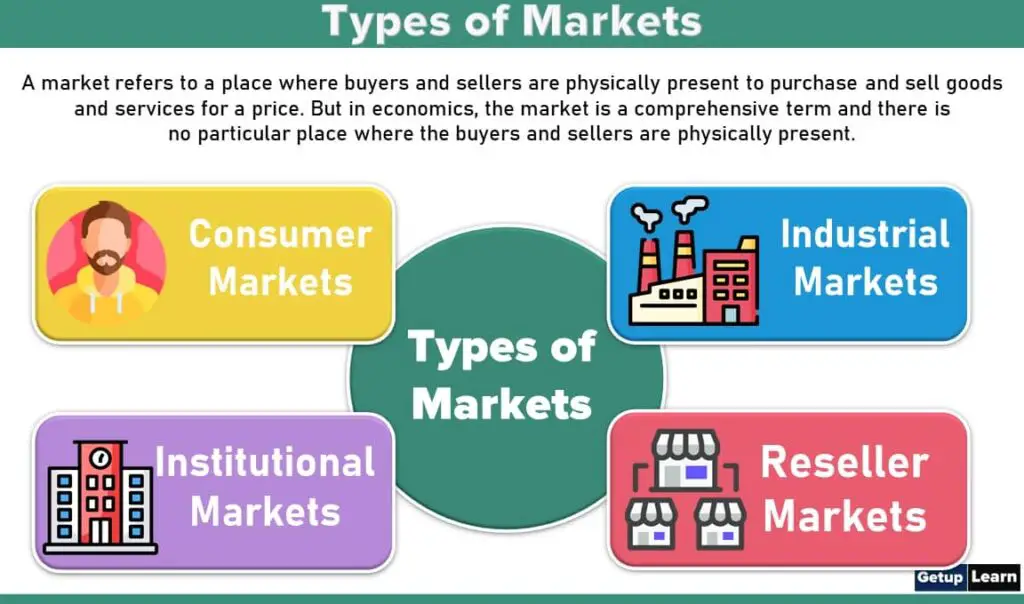
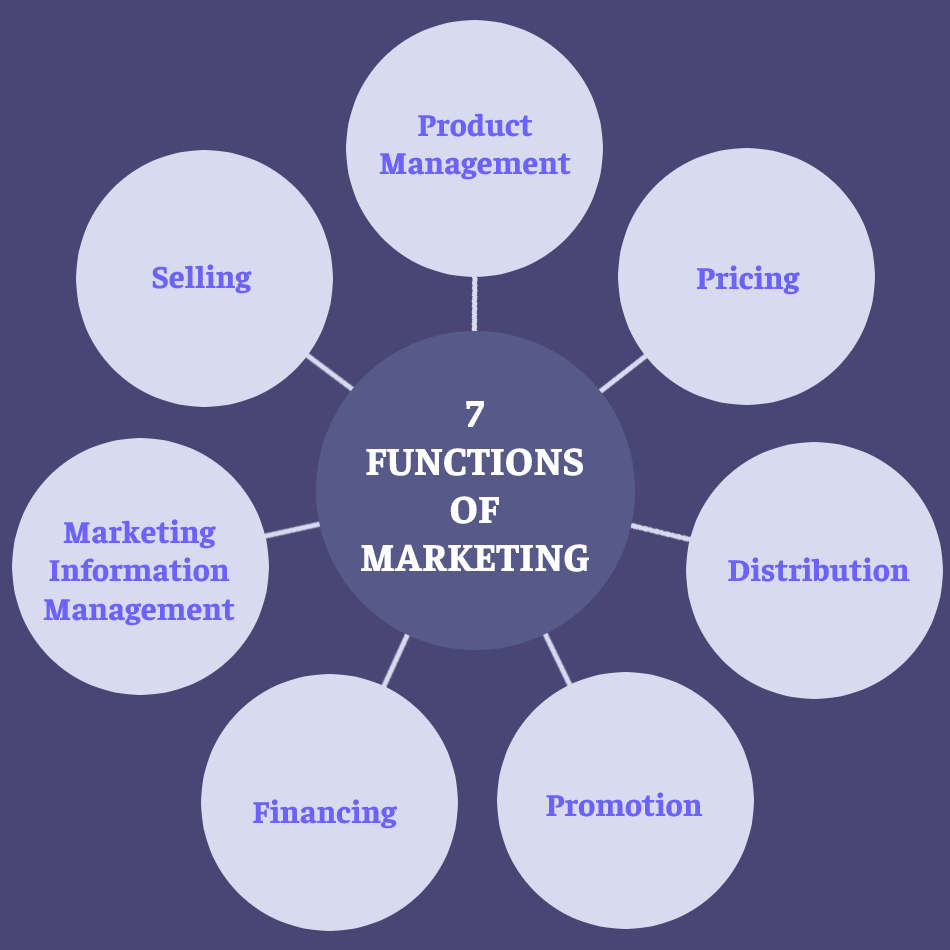
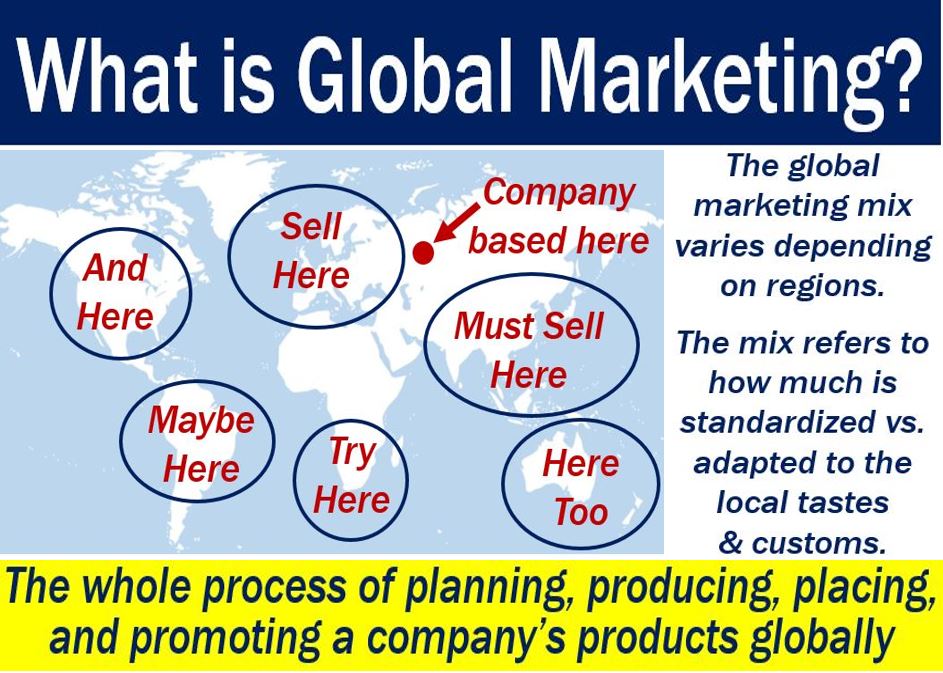






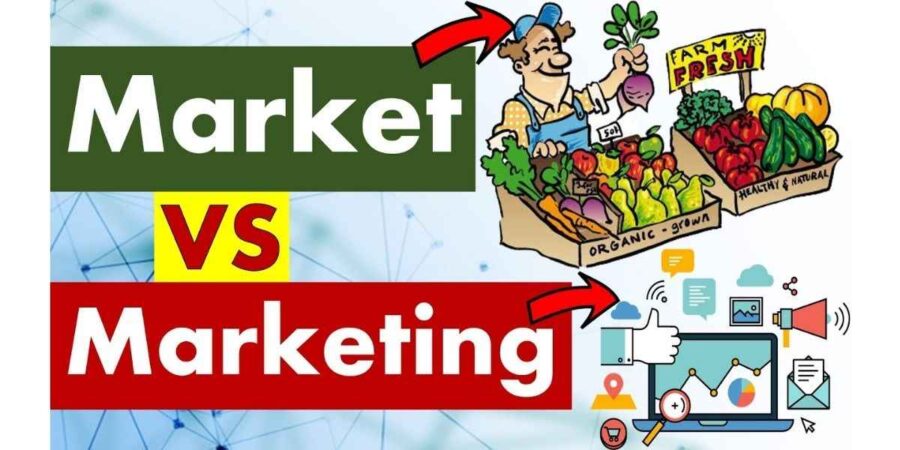

:max_bytes(150000):strip_icc()/terms_m_marketing-strategy_FINAL-86aa7d267bab450db9dbf9d04fa82eb3.jpg)
